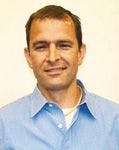In Memory of Roy Eksteen
LCGC North America
A tribute to Roy Eksteen, who was a great man and a great proponent of the chromatographic sciences.
It is with a heavy heart that we remember our friend and colleague Roy Eksteen. Roy passed away unexpectedly on September 21, 2015, on a plane returning home from a hiking and mountain biking trip to Colorado. He was 66 years old.
Roy made many contributions to the field of chromatography. He served on the editorial board of LCGC from 1988 to 2015 and was a board member of the Chromatography Forum of the Delaware Valley from 2010 to 2015. He was active in supporting chromatography conferences, particularly the International Symposium on High Performance Liquid Phase Separations and Related Techniques (HPLC) and the Symposium and Exhibit on the Separation and Characterization of Biologically Important Molecules (ISPPP) through exhibitor-related activities and by serving on organizational committees. Roy was a very social man who often helped connect people working in similar areas. He liked to help scientists with specific separations problems find creative solutions, whether those were already commercially available or still needed to be developed.
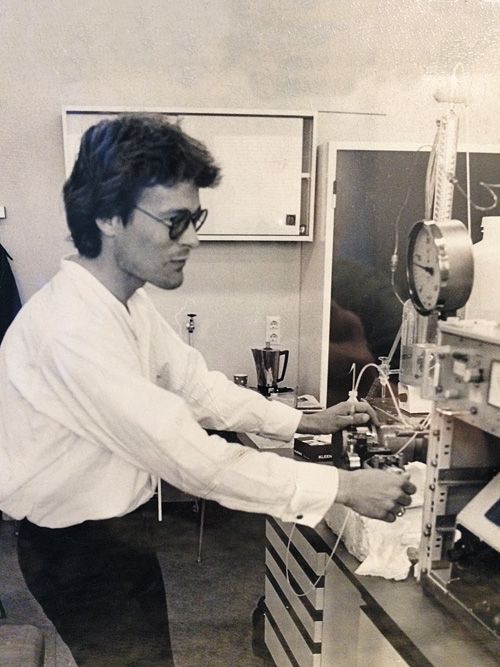
Figure 1: Roy Eksteen when he was a graduate student working towards a Master’s degree under Hans Poppe at the University of Amsterdam, before coming to the US to study for his PhD under Barry Karger.
Roy grew up in Hilversum, the Netherlands. He received a master’s degree from the University of Amsterdam and then left for the United States to study with Professor Barry Karger at Northeastern University. Roy received his PhD from Northeastern in 1980 working on what would be later called “type B” silica and its use as a support particle in liquid chromatography. He proceeded to work multiple times for both Tosoh Biosciences and Supelco. Roy retired from Supelco on July 1 of this year. In both companies he held various sales and marketing positions and specialized in biomolecule separations. He often traveled for his work and loved interacting with people from all walks of life.
As a hobby, Roy founded Cornerstone Coffee, through which he sold coffee that he roasted himself. He started off small and expanded until he could roast 10 lb of coffee at a time. Roy kept a laboratory notebook to track his roasting procedures and was meticulous in maintaining consistency in his lots. Coffee roasting was a favorite activity of his, and complemented his love of good coffee and espresso.
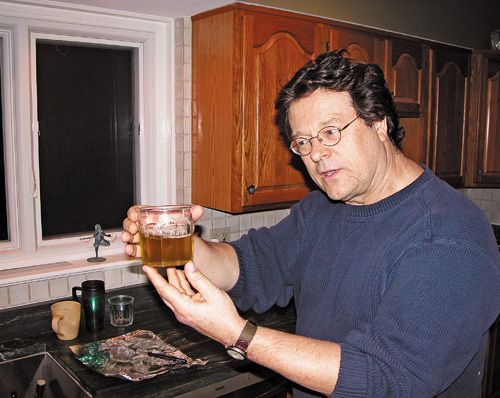
Figure 2: Roy Eksteen discussing beer processing and making at a friend’s house in Pennsylvania.
Roy loved to hike and play sports. He was particularly adept at racquetball, often taking on younger players and demonstrating how the game was played. He loved most things outdoors and took up kayaking and canoeing many years ago. Roy was an avid track and field athlete in high school and specialized in the pole vault. He loved the Penn State football team and loved living in State College, Pennsylvania, where Penn State is located.
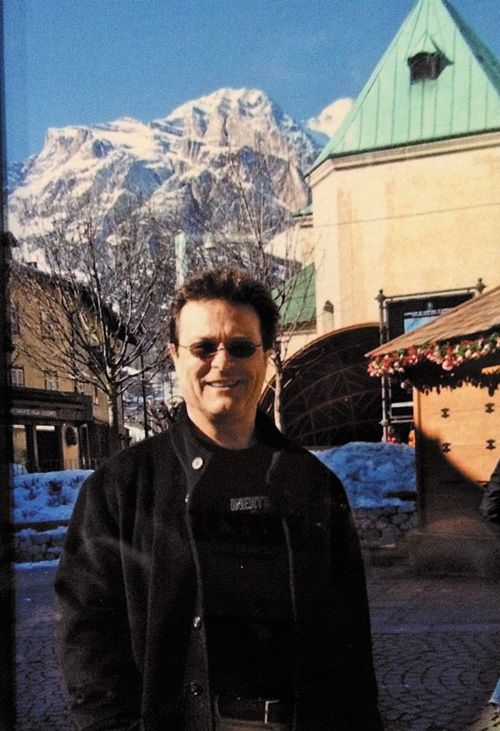
Figure 3: Roy Eksteen enjoying a ski trip to Italy.
Roy is survived by his wife Elena, daughter Sara, and three grandchildren, all of whom he loved greatly. Roy had many friends everywhere and was known for being a fun-loving man with a wonderful attitude who was athletic, curious, and politically aware. Roy had a phenomenal presence and added to any conversation with wit, humor, and insight. We will miss Roy, who was a great man and a great proponent of the chromatographic sciences.
Mark R. Schure is the chief technology officer at Kroungold Analytical in Blue Bell, Pennsylvania.
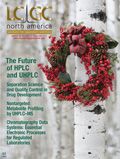
Detecting Hyper-Fast Chromatographic Peaks Using Ion Mobility Spectrometry
May 6th 2025Ion mobility spectrometers can detect trace compounds quickly, though they can face various issues with detecting certain peaks. University of Hannover scientists created a new system for resolving hyper-fast gas chromatography (GC) peaks.
University of Oklahoma and UC Davis Researchers Probe Lipidomic Profiles with RP-LC–HRMS/MS
May 6th 2025A joint study between the University of Oklahoma Health Sciences Center (Oklahoma City, Oklahoma) and the UC Davis West Coast Metabolomics Center (Davis, California) identified differentially regulated lipids in type 2 diabetes (T2D) and obesity through the application of reversed-phase liquid chromatography-accurate mass tandem mass spectrometry (RP-LC-accurate MS/MS).
Automated Sample Preparation (ISO 20122) for MOSH/MOAH in Seasoning Oils
May 6th 2025This work presents an Automated Sample Preparation procedure for MOSH/MOAH analysis of Seasoning Oils. We compare results from a manual epoxidation procedure compliant with DIN 16995 with results based on fully automated sample preparation (epoxidation and saponification) compliant with ISO 20122. In both cases, online clean-up via activated aluminum oxide (AlOx) are used to remove interfering n-alkanes from the MOSH fraction during the HPLC run. Automated data evaluation using a dedicated software (GERSTEL ChroMOH) is presented.

.png&w=3840&q=75)

.png&w=3840&q=75)



.png&w=3840&q=75)



.png&w=3840&q=75)




